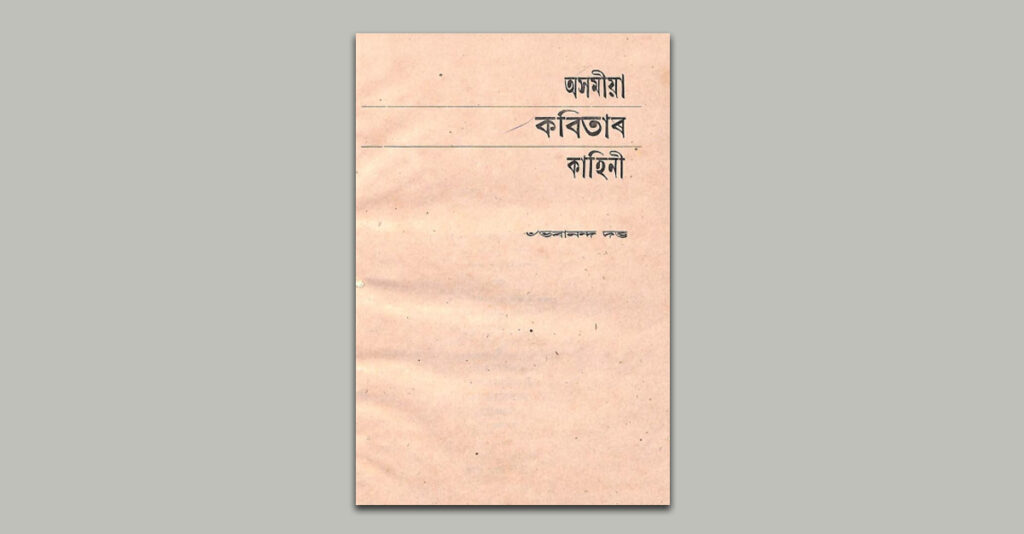Dr. Ananda Bormudoi
In the last few years of pre-independent politics made claims on Assamese poetry. Wreck and tragedy during the second World War engaged the mind of the young poets in national and international political problems and Marxism was for them an ideology that could solve problems for the masses. The young poets were inspired by the English Marxist of the thirties like Auden, Spender, MacNneice and the like. This group consisted of poets like Hem Barua, Bhabananda Dutta, Amulya Barua, Keshab Mahanta, Birendra Kumar Bhattacharyya and a few others. Bhabananda Dutta among them was a poet critic. His book Asamiya Kavitar Kahini (A Tale of Assamese Poetry) is a defence of socially committed poetry. He was unhappy with the kind of poetry heavily influenced by Eliot and Pound.

Social reality in Assam following independence did not demand poetry of complex sensibilities like that of Eliot or Pound but the poets read them mainly in their college and University syllabuses. Elleke Boehmer has rightly pointed out this situation: “Montage effects and mythic adaptations were, as we know, championed by Anglo-American modernist poetry. This poetry in particular, the works of T.S. Eliot, formed a staple part of the University syllabuses with which most of the writers of independence came into contact. In literary circles from Ibadan to Wellington modernist techniques were popular. Writers turned to their own spiritual traditions, therefore, both as the source of a new national identity, and also as a mythic resource with which to structure of poetic collages.” (Boehmer, Elleke, Colonial and Postcolonial Literature, OUP, 1995: 204)
There is an academic and educational aspect of post independence Assamese poetry. The poets developed complex sensibilities from extensive reading and in the making of the verbal structures they acquired techniques from the poets they read. It was true of the Assamese romantic poets of the early decades of the twentieth century and it was true of the post-independent modern poets. (Contd.)